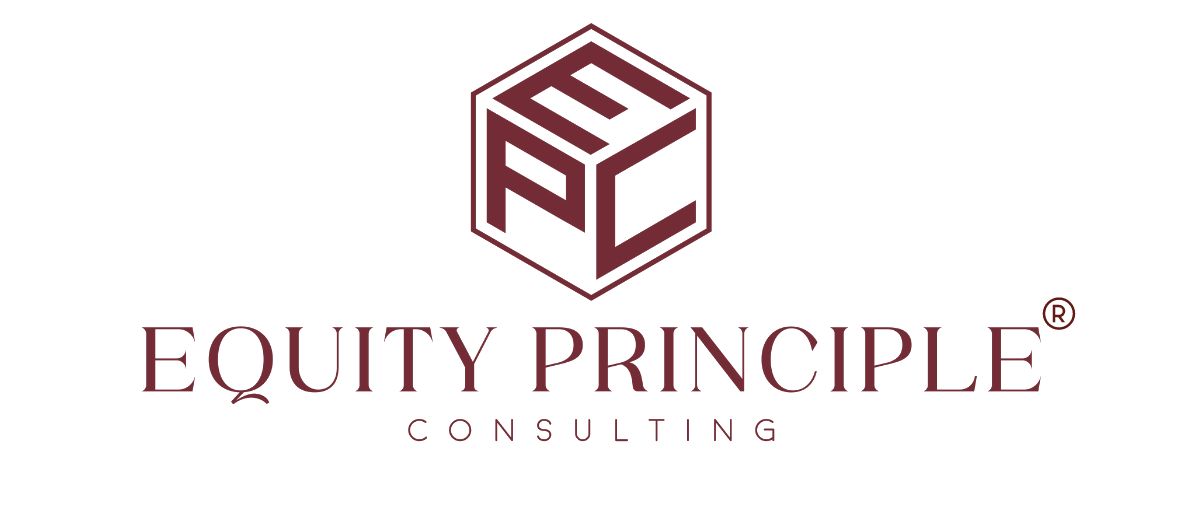Overcoming Internal Resistance to DE&I Initiatives: A Strategy for Success
Organizational resistance is a common hurdle when implementing diversity, equity, and inclusion (DE&I) initiatives. However, this opposition doesn’t have to lead to failure. With the right approach, it’s possible to transform resistance into support, paving the way for a more diverse and competitive organization.
1. Communicate Clearly About the Overall Mission
The first step in overcoming resistance is for leadership to ensure that everyone in the organization understands why DE&I initiatives are important. It’s crucial for leaders to communicate not just the moral imperatives but also the business benefits, such as increased innovation, better decision-making, and a more vital, more competitive organization. Clear, consistent communication from leadership about these benefits helps lay a strong foundation for change.
2. Elicit Feedback and Insights Around the Objections
Resistance often stems from fear or misunderstanding. By actively soliciting feedback, leaders can gain valuable insights into the specific concerns and objections that employees have. This step is not about convincing detractors immediately but about understanding their perspective. Creating a safe space where employees feel comfortable expressing their doubts and concerns without fear of reprisal is essential in this process.
3. Respond Specifically to Those Objections
Once the concerns are out in the open, address them directly. This might involve dispelling myths about DE&I, providing data to support the initiatives, or adjusting the approach to alleviate valid concerns. Specific responses demonstrate that leadership is not only listening but also values the input of all team members, which can reduce feelings of alienation and opposition.
4. Involve the Detractors in the Decision-Making
Involving detractors in the decision-making process can significantly decrease resistance. Employees who feel they have a stake in the outcome are more likely to support the final decision—even if it isn’t their preferred solution. This inclusion can transform detractors into advocates, leveraging their influence to sway others who may be hesitant.
5. Make a Decision on How to Proceed
After discussions and deliberations, it’s important for leadership to make a clear and firm decision on how to proceed with the DE&I initiatives. This decision should reflect both the feedback received and the overall goals of the organization. Making a decision and moving forward shows determination and commitment to change, qualities that can inspire respect and adherence from the entire workforce.
6. Set Expectations and Provide Options Post-Decision
After the decision regarding DE&I initiatives is firmly made, it is essential to clearly communicate the expectations to all employees, especially the detractors. They must understand that the commitment to supporting these initiatives is not optional but a core part of their role within the company. Like any other organizational initiative, employees will be held accountable for actively contributing to and achieving the stated DE&I goals.
This approach sets clear expectations and fosters trust amongst the supporters of these initiatives. If detractors find that they cannot commit to these expectations, it may indicate that their values no longer align with the company’s direction. In such cases, it should be made clear that choosing to leave the company might be the appropriate step for them.
This final step emphasizes not just compliance but genuine commitment to the initiatives, ensuring that those who choose to stay are fully aligned with and active participants in the company’s DE&I efforts. This alignment is crucial for fostering an inclusive culture that not only sets the stage for current success but also paves the way for sustained organizational growth and resilience.
In summary, transforming resistance into support for DE&I initiatives requires a careful balance of listening, inclusion, and decisiveness. By following these steps, organizations can not only overcome resistance but can also build a stronger, more cohesive team ready to face the challenges of a diverse world.

